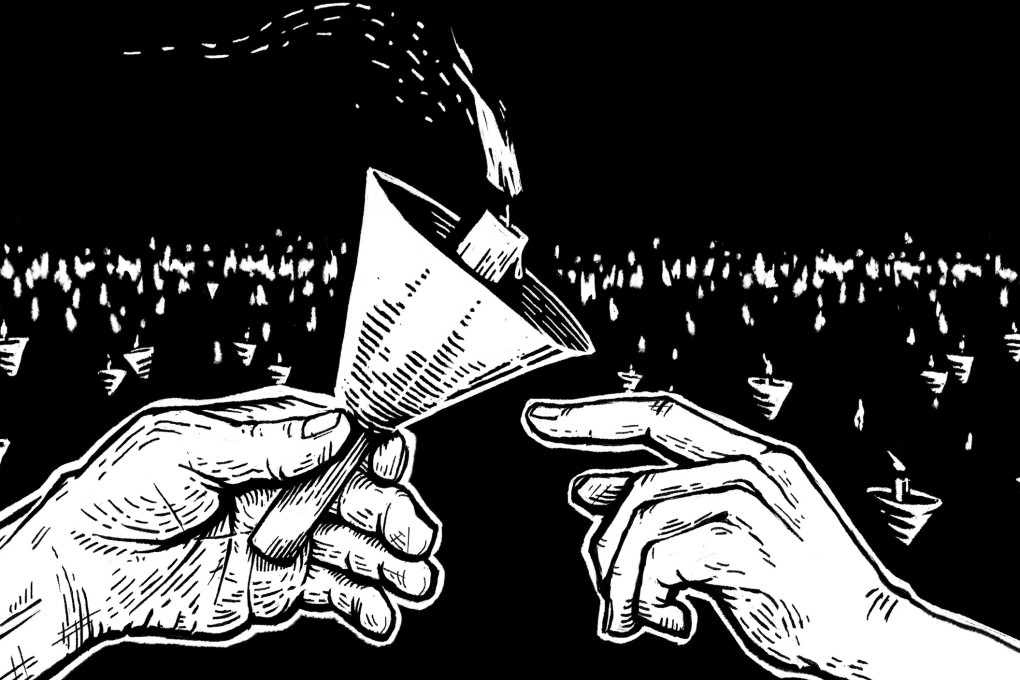Hong Kong has kept flame of Tiananmen Square crackdown alive for 30 years – but is the fire burning out?
- The events of 1989 profoundly affected people in Hong Kong, then still a British colony
- But 30 years later, younger residents are less bothered about commemoration, focusing instead on political concerns closer to home

In the fifth instalment of our six-part series, Gary Cheung examines the struggle to keep the spirit and memory of June 4 alive in Hong Kong
Pun Ngai is recognised for her research on mainland Chinese migrant workers and has written an award-winning book, but there is one episode of her life she rarely speaks about openly.
As a teenager in 1989, the Hongkonger was in the thick of intensifying events in Beijing’s Tiananmen Square as nearly eight weeks of student demonstrations – attacking corruption and demanding democratic reforms – drew towards a sudden, tragic end.
“I will never forget those days and those nights,” said Pun, now 49 and a sociology professor at the University of Hong Kong.

Pun was there when the People’s Liberation Army tanks rolled into the square and, as she fled the ensuing chaos in the early hours of June 4, she crossed nearby Chang’an Avenue, where she witnessed scenes that remain vivid in her memory.
I saw many people walking towards the soldiers who had opened fire. Those people were unfazed by death